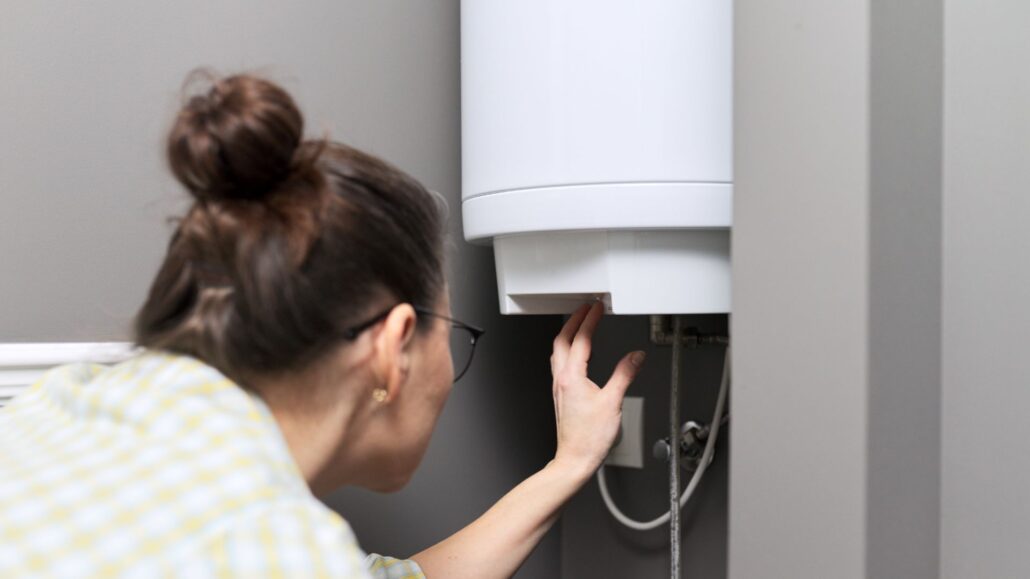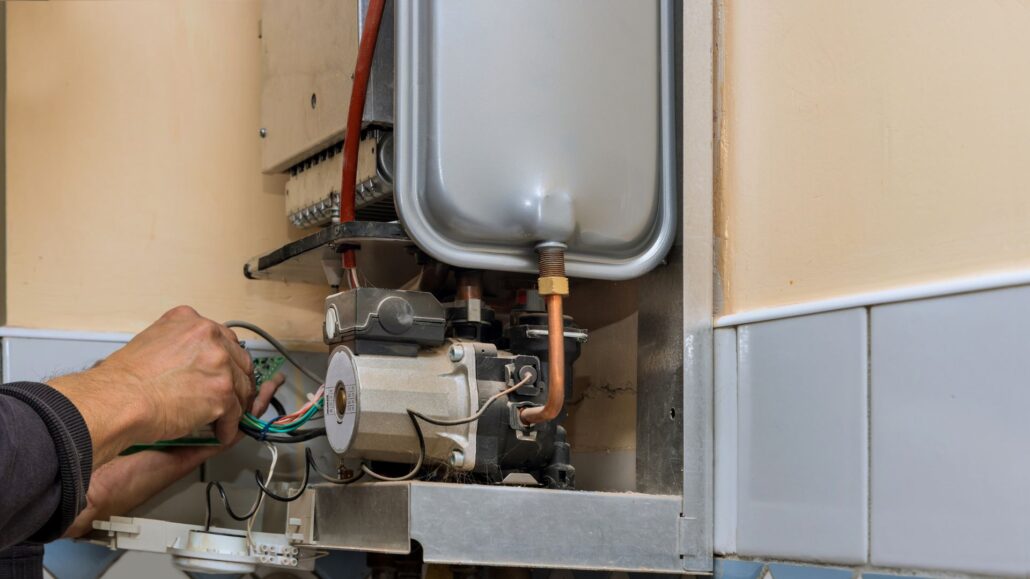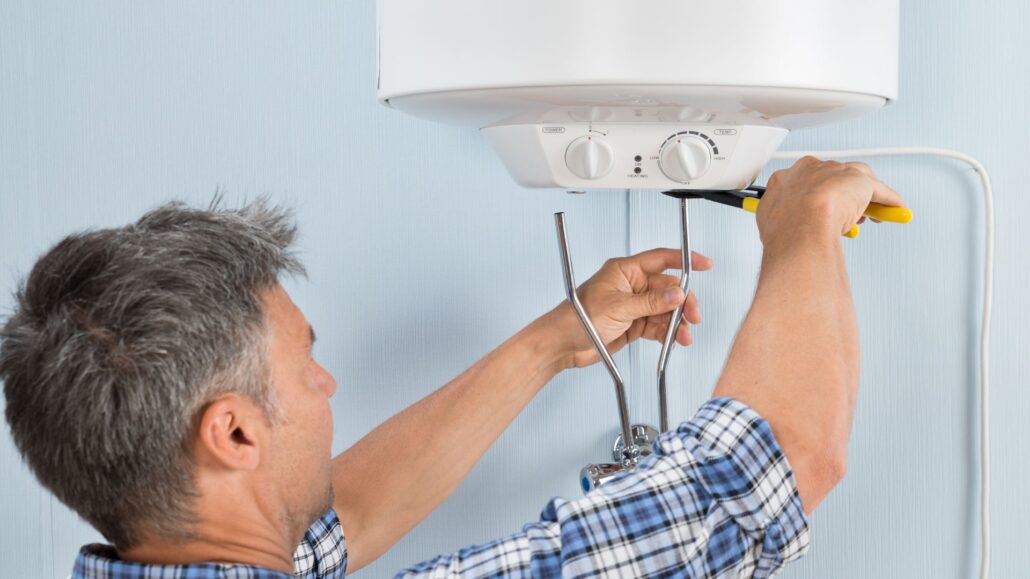In the quest for home efficiency and comfort, one often overlooked hero is the water heater. It’s the linchpin in the daily dance of showers, dishes, and laundry, quietly working behind the scenes to ensure the modern conveniences of hot water.
Traditional tank water heaters have been the standard for decades. Still, as technology advances, more homeowners are turning to instantaneous hot water systems, also known as tankless water heaters, for their hot water needs. These innovative systems promise various benefits, from energy savings to continuous hot water supply, but are they the right choice for everyone?
In this comprehensive exploration, we’ll delve into the intricacies of instantaneous hot water systems, examining how they work, the different types available, and the distinct advantages they offer. We’ll also cover important considerations for installation, ongoing maintenance, and the potential drawbacks to bear in mind.
Whether you’re building a new home, renovating an old one, or simply curious about this modern solution to an age-old need, understanding the basics of tankless water heaters is essential.
The Basics of Instantaneous Hot Water Systems
An instantaneous hot water system, also known as a tankless water heater, is a sophisticated device that heats water on demand, eliminating the need for a storage tank.
At its core, this system operates through a series of critical components: a heat exchanger that transfers heat from an electric element or gas burner to the water that flows through it, water flow sensors that detect when hot water is demanded, and a control panel that allows users to adjust the temperature settings.
Together, these components work seamlessly to ensure that hot water is available when you need it without the standby energy losses associated with traditional water heaters.

How Instantaneous Hot Water Systems Operate
When a hot water tap is turned on, the journey begins with the system’s flow sensors springing into action to detect water movement. This triggers the ignition of a gas burner or the activation of an electric element, which then heats the water as it passes through the heat exchanger.
The result is a steady stream of hot water delivered directly to your tap without any delay or waste. Once you’re done and the tap is turned off, the system shuts down, conserving energy and preventing unnecessary heating.
This efficient process ensures that hot water is provided as needed, reducing the overall energy consumption and offering a greener solution to your hot water needs.
Types of Instantaneous Hot Water Systems
Electric Systems
Electric instantaneous hot water systems are often smaller in size, making them perfect for single-point applications like a bathroom or kitchen sink. They work well for smaller households or as a supplemental solution. However, because they rely entirely on electric heating elements, they can require a significant electrical load.
This means electric models may not be suitable if looking to heat water for an entire home simultaneously. The electrical input also means running costs will be higher than gas-powered alternatives.
Gas-Powered Systems
In contrast, gas-powered instantaneous hot water systems are more robust and designed to meet an entire household’s extensive hot water demands. The gas heating source means they can handle multiple hot water taps or appliances being used at once more effectively.
However, proper ventilation systems are required for safety due to the exposed gas lines. Installation may also be more intricate than an electric unit. Nonetheless, a gas system will often perform better for larger homes relying heavily on hot water.
Efficiency Comparison
The overall efficiency of an instantaneous hot water system depends largely on the energy source powering it. Electric models are 100% efficient in converting electric current to heat, but electricity is typically more costly than natural gas. Gas units burning at the point of use can achieve efficiencies up to 90%. So, the choice between electric or gas ultimately comes down to factors like household size, hot water needs, and electricity/gas prices for better long-term savings.
Advantages of Instantaneous Hot Water Systems

Embracing a tankless water heating system comes with a host of benefits. The most compelling of these is energy efficiency; by heating water only on demand, these systems significantly reduce energy consumption, translating into noticeable savings on utility bills.
Additionally, their compact size frees up space in your home for other uses, a welcome advantage for those with limited storage. Durability is another strength, with tankless systems typically outlasting their tank counterparts due to less corrosion risk. The most appreciated benefit is the endless supply of hot water they provide, ensuring that households never run out, even with back-to-back showers or simultaneous demands.
What are the Potential Drawbacks?
Despite their many advantages, instantaneous hot water systems have potential drawbacks. The initial investment, including the unit and installation costs, is typically higher than traditional tank water heaters.
There can also be limitations on the amount of hot water available for simultaneous use; high demands may exceed the system’s capacity, resulting in a reduced flow rate or temperature. Additionally, retrofitting a tankless system in an older home can pose significant challenges and expenses due to the requirements for new venting systems, upgraded gas lines, or enhanced electrical systems.
When considering a tankless water heater for your home, these factors must be carefully weighed against the long-term benefits of energy savings, space, and consistent hot water supply.
Thinking About Installation
The decision to install an instantaneous hot water system isn’t one to be taken lightly and involves a number of important considerations. Ensuring the availability of the required fuel source— be it natural gas, propane, or electricity—is paramount. Sizing the system correctly is critical; it is too small and won’t meet your hot water needs; it is too large, and you’ll be wasting energy and money.
Additionally, for gas systems, proper venting is not just necessary for performance but also crucial for safety. Due to these complexities, installation is best handled by professionals who can navigate these requirements and ensure your system is set up correctly.

Maintenance and Care for Tankless Water Heaters
Regular maintenance is essential to maintain the efficiency and extend the lifespan of your instantaneous hot water system. Descaling to remove mineral build-up, especially in areas with hard water, should be part of your routine.
Cleaning or replacing filters to keep the water flow unimpeded is also important, as is an annual check-up by a professional. These measures will help prevent unexpected breakdowns, safeguard your investment, and keep your system running as it should.
Ditch the Wait, Embrace the Innovation
The journey to a more efficient, cost-effective, and space-saving water heating solution brings us to the doorstep of instantaneous hot water systems. Their sleek design, eco-friendly operation, and promise of never-ending hot water represent a leap forward in home comfort and technology. While the initial investment and installation considerations may seem daunting, the long-term benefits of energy savings and consistent hot water supply are compelling reasons to make the switch.
If you’re based in Brisbane and considering upgrading to a tankless water heater, look no further than The Brisbane Plumbers. Our team of seasoned experts is ready to guide you through the selection process, ensuring you get a system perfectly tailored to your home’s unique needs.
We pride ourselves on professional installation, exceptional service, and comprehensive aftercare. Don’t let the fear of change keep you from the benefits of modernisation. Contact The Brisbane Plumbers today and take the first step towards a future of efficient hot water at your command.
